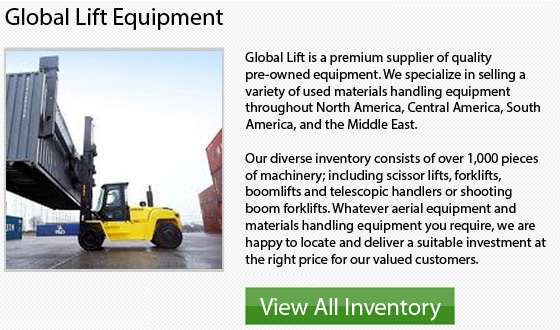
There are 7 different categories of lift trucks available on the market. Several categories, like I, II, III and IV are specifically designed and engineered for use on smooth indoor surfaces. They can be selected for particular factors of recycling that occur in those kinds of settings. For more intensive outdoor recycling operations, Class V and VII lift trucks are normally used.
There are numerous company operations that work outdoors and have to handle extreme workloads. Their lift truck selection would gravitate toward IC or Internal Combustion machinery in Class VII and Class V. These units work well in any climate and have sufficient power to run heavy objects during the course of a shift.
One more important thing to take into consideration is to use a forklift safely. Knowing and acknowledging the center of gravity is really essential when driving a forklift, especially when traveling on uneven terrain. Knowing the stability triangle in these tough work situations is very important also.
Normally, warehouses could employ various types of reach trucks. Several manufacturing operations and the supply area for many textile firms also depend on various units. Using a reach truck to stock finished goods on pallets, a variety of materials and other pieces of equipment is common. These equipment help in keeping a facility organized and allow them to utilize the maximum amount of space by stacking vertically. Reach trucks are fairly easy to operate. They can help make better use of both available storage area and time.
If you are going to be utilizing your forklift machinery 4 to 8 hours a day, it is extremely recommended to purchase new. The warranty alone could come in handy with such continuous utilization. If, on the other hand, you are only unloading and loading not really often or on a bi-weekly basis, then a used unit might be suitable for your needs. Each and every situation is different and you should evaluate your personal requirements before choosing the perfect machinery.